Tech
The Rise of AI Influencers That Will Haunt Your Reality
In the digital age of 2025, a new breed of social media stars is captivating audiences worldwide, blurring the lines between reality and artificial intelligence. These AI influencers, entirely generated by sophisticated algorithms, are not just a fleeting trend but a burgeoning industry poised to reshape our online interactions and potentially our perception of reality.

The AI Influencer Phenomenon
At the forefront of this digital revolution is Lil Miquela, an AI-generated influencer boasting an impressive 2.5 million followers on Instagram. With her perfectly curated lifestyle and flawless appearance, Miquela represents a new standard of digital perfection that’s both fascinating and concerning.
The appeal of these virtual personalities extends beyond mere novelty. They’re partnering with brands, selling products, and even engaging in seemingly mundane, everyday activities that make them appear more relatable. This strategy of “cosplaying us,” as one observer noted, creates an uncanny valley effect that blurs the distinction between AI and human influencers.
The Booming Digital Human Economy
The AI influencer industry is not just a passing fad. Projections suggest that this new wave digital human economy could be worth a staggering $125 billion by 2035. This potential for profit has attracted content creators worldwide, including two tech-savvy women from Melbourne who created Margot Monet, an AI personality selling erotic content to eager fans.

The Dark Side of Digital Devotion
While the concept may seem innovative, experts are raising red flags about the potential consequences of this trend. Dr. Kristy Goodwin, a digital wellness expert, warns that AI influencers are “filling a vacuum of social connection” in many people’s lives, particularly young men.
The concern isn’t just about para-social relationships with non-existent entities. There’s a deeper worry that these interactions are preventing real-world social skills development. As Dr. Goodwin puts it, “They’re not learning how to connect with a real human being. I think they’re falling in love with a promise.”
Blurring Reality and Fantasy
Perhaps most disconcerting is how these AI influencers are mimicking everyday human activities. They’re not just posing in glamorous settings or promoting products; they’re commenting on real-world events and engaging in mundane activities like watching TV. This level of “reality mimicry” can lead to confusion and potentially unhealthy attachments.
The Societal Impact
The rise of AI influencers raises important questions about authenticity, connection, and the nature of reality in our increasingly digital world. As one interviewee stated, “I feel like we’re kind of falling out of touch with reality if we’re allowing those kind of things to happen.”

Dr. Goodwin echoes this sentiment, warning that AI influencers “pull people away from reality. It pulls people away from connection, and that’s a real risk for us as humanity.”
Looking Ahead
As we navigate this brave new world of digital influence, it’s crucial to maintain a critical eye and a healthy skepticism. While AI influencers may offer brands a new avenue for marketing and provide entertainment for some, they also risk pulling us further away from genuine human connections.
The challenge moving forward will be to harness the creative potential of AI while preserving the authenticity and value of real human interactions. In a world where the lines between real and artificial are increasingly blurred, staying grounded in reality may be our most important influencer of all.
Bolanle Media covers a wide range of topics, including film, technology, and culture. Our team creates easy-to-understand articles and news pieces that keep readers informed about the latest trends and events. If you’re looking for press coverage or want to share your story with a wider audience, we’d love to hear from you! Contact us today to discuss how we can help bring your news to life
Tech
TikTok Prepares New U.S.-Only App Amid Ban Threats
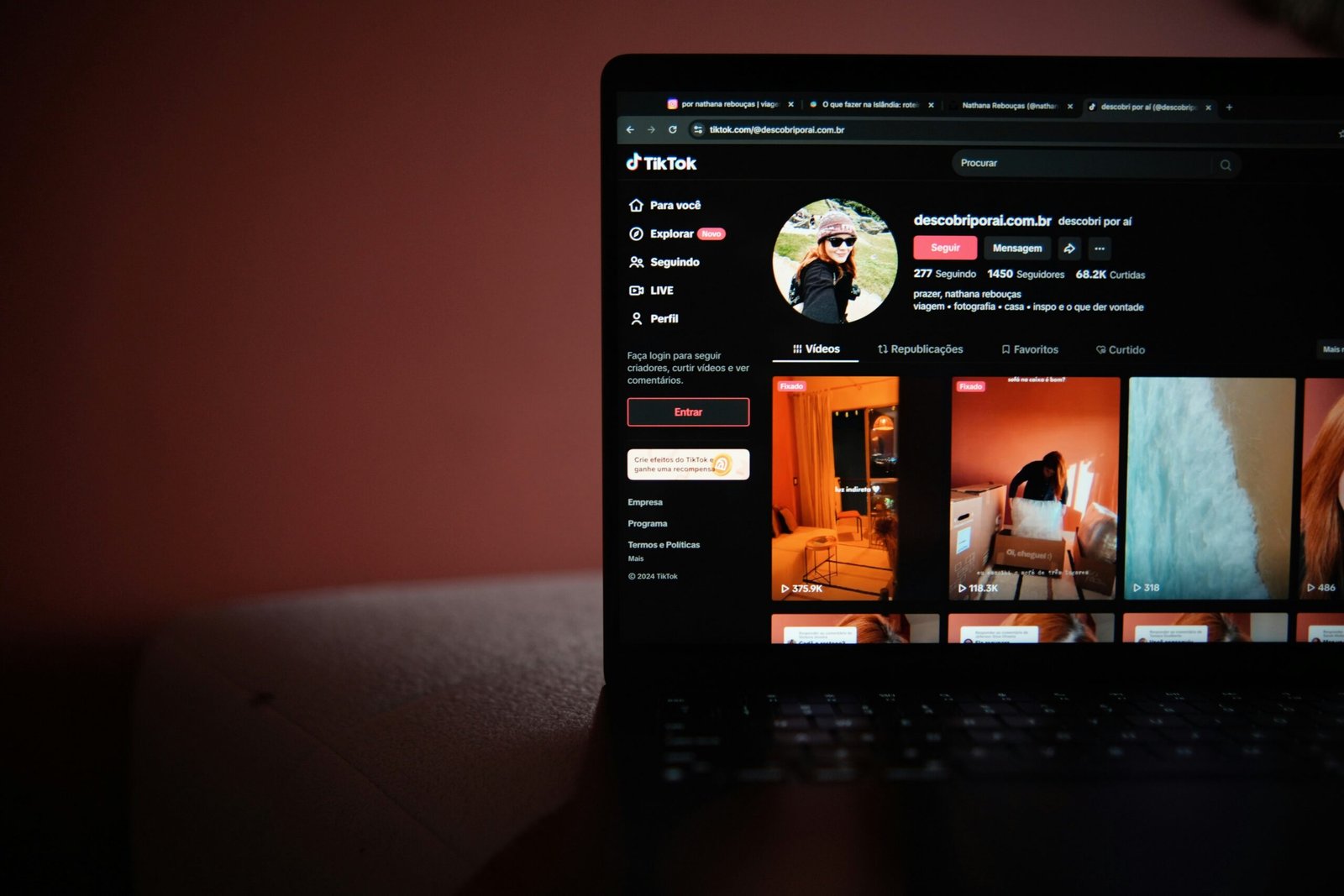
As the debate over TikTok’s future in the United States intensifies, the company is reportedly developing a brand-new version of its popular app—designed exclusively for American users. This move comes after months of uncertainty, political pressure, and looming bans that threatened to disconnect millions of U.S. users from the global TikTok community.
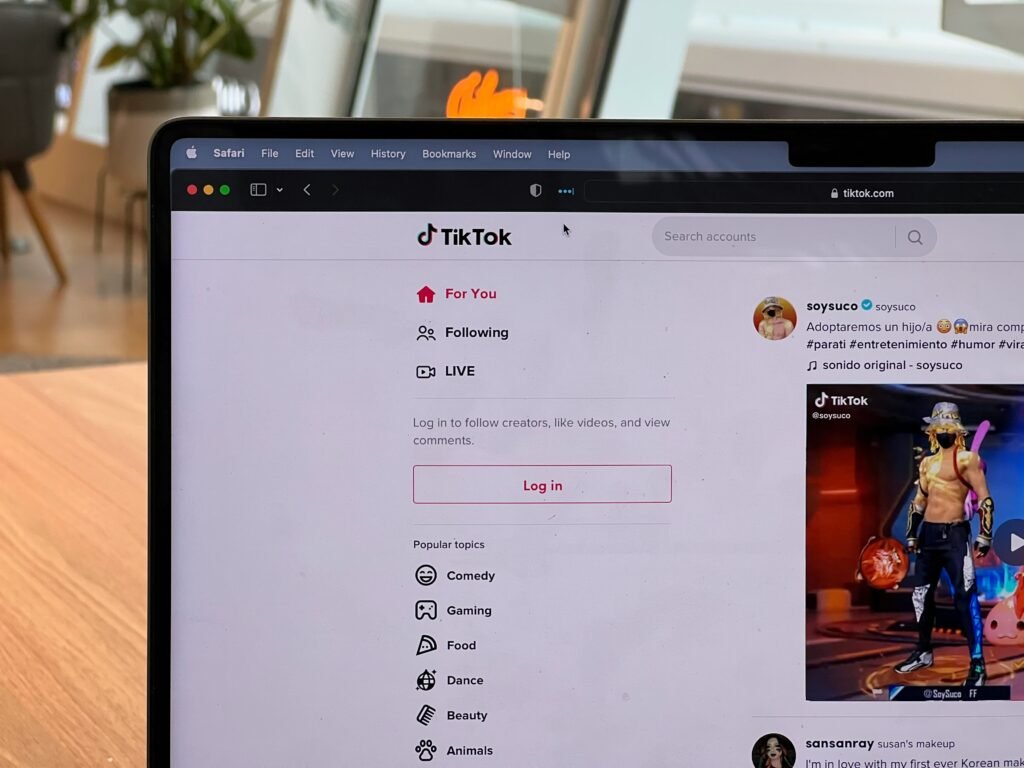
Why a New App?
Earlier this year, U.S. lawmakers passed legislation requiring TikTok’s Chinese parent company, ByteDance, to either sell its U.S. operations or face a nationwide ban. The law cited national security concerns over data privacy and the app’s Chinese ownership. While TikTok has challenged the ban in court, the company is also working on a contingency plan: launching a separate, U.S.-based version of the app.
What Will Be Different?
- Entirely Separate Experience: The new TikTok app for the U.S. would operate independently from the global version, meaning American users could see a different interface, features, and content moderation policies.
- Data Handling: All user data would be stored and managed within the United States, addressing key concerns raised by lawmakers.
- Ownership Structure: The app could be operated by a new U.S.-based entity, potentially with new investors or ownership, depending on ongoing negotiations and government requirements.
- Content and Community: While the app aims to replicate the original TikTok experience, there may be limitations on cross-border content sharing and collaboration, resulting in a more localized user community.
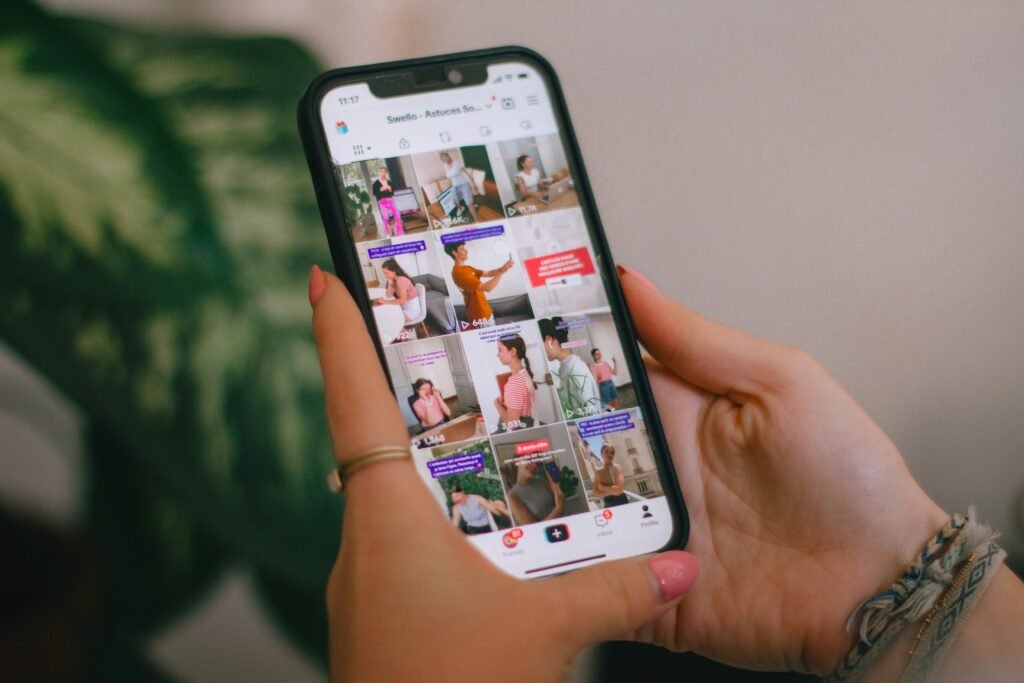
Timeline for Launch
Reports indicate that TikTok’s U.S.-only app could launch as early as September. This rapid timeline reflects the urgency of the situation, as the deadline for compliance with the new law approaches.
What’s Next for Users?
- No Immediate Disruption: For now, TikTok remains available to U.S. users, but changes could come quickly if the new app is deployed.
- Possible Account Migration: Users may be prompted to migrate their accounts, content, and followers to the new platform.
- Uncertain Features: While TikTok promises to replicate the original experience, some features—such as access to global trends or creators—could be limited.
The Bigger Picture
TikTok’s move highlights the growing trend of digital “balkanization,” where countries demand local versions of global platforms to address security, privacy, and regulatory concerns. The outcome of this situation could set a precedent for other tech companies facing similar pressures worldwide.
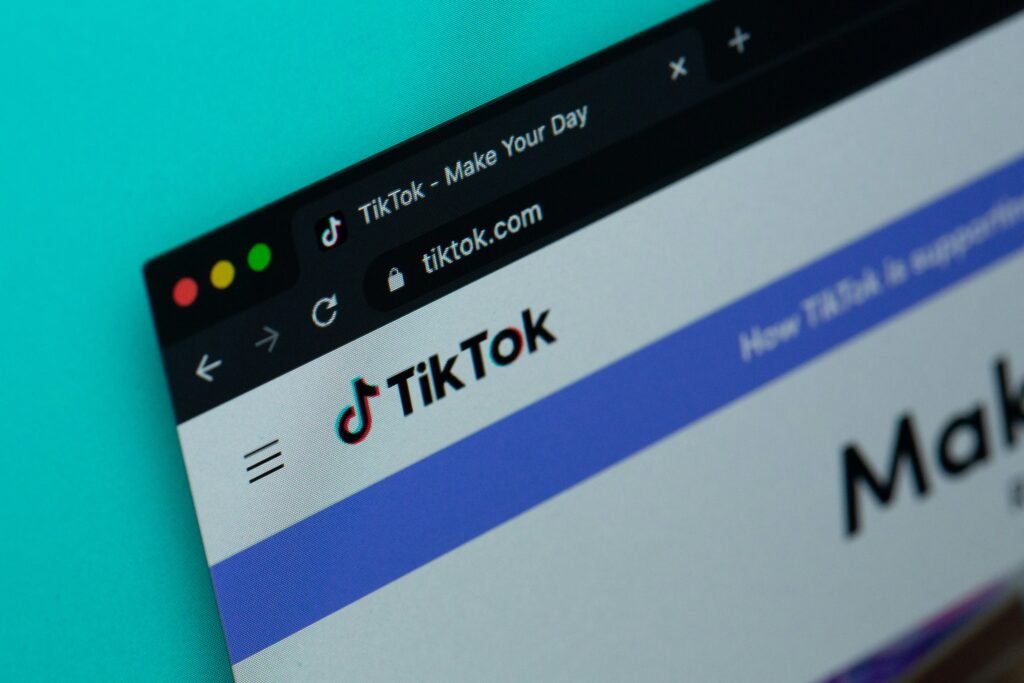
Key Takeaways
- TikTok is building a new, U.S.-only app in response to government pressure and potential bans.
- The app could launch as early as September and may feature significant differences from the global version.
- The move underscores the challenges facing global tech platforms in an era of rising digital nationalism.
Stay tuned for updates as this story develops and as TikTok’s future in the United States becomes clearer.
Tech
Apple’s Liquid Glass: A Bold New Look at WWDC 2025
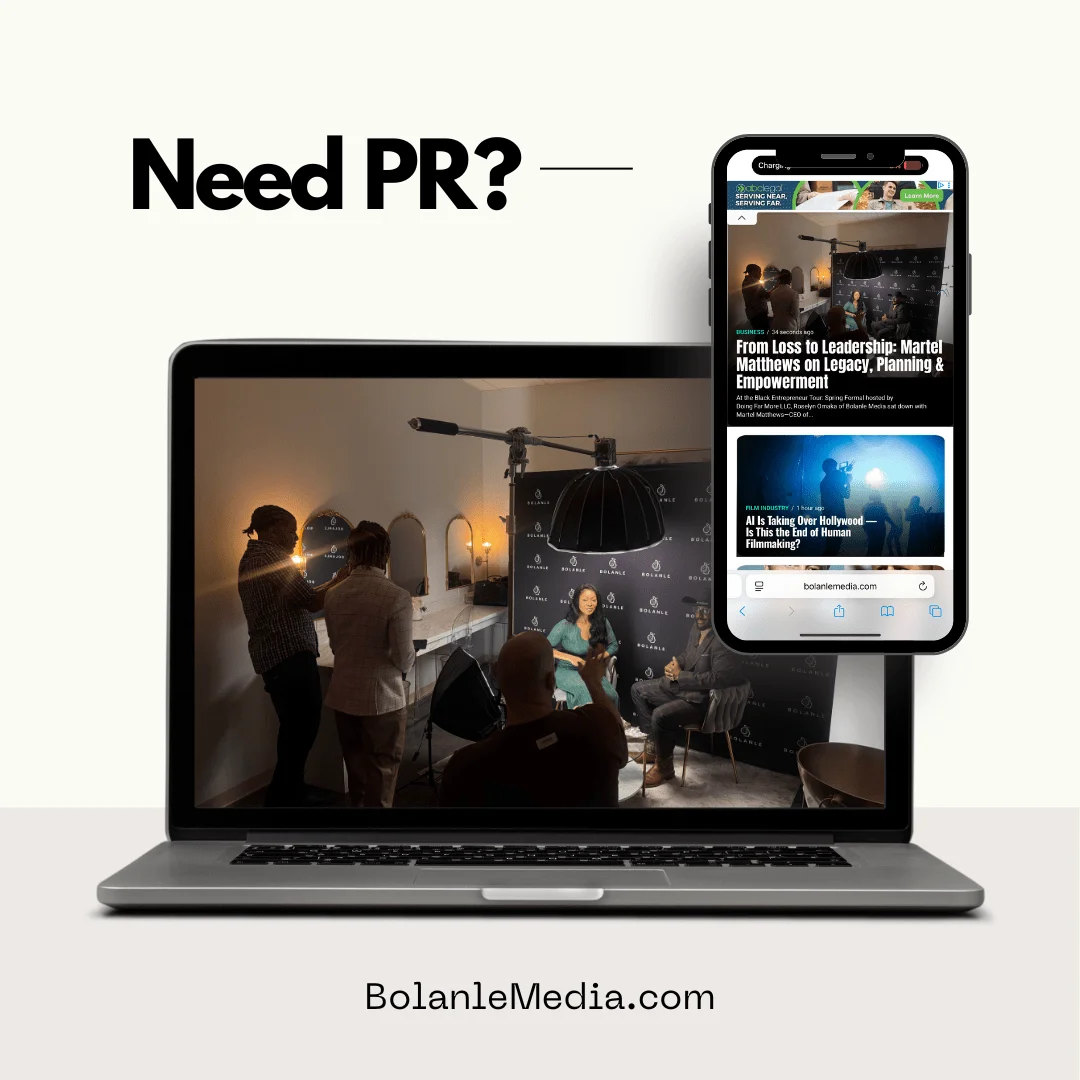
Apple’s WWDC 2025: A Stunning Visual Overhaul and Meaningful Upgrades Across All Devices
Apple’s WWDC 2025 keynote delivered a major shift in design and user experience across its entire ecosystem. While much of the tech world buzzes about flashy AI breakthroughs, Apple took a different path, unveiling the sleek new “Liquid Glass” design and a range of practical improvements for iOS, macOS, iPadOS, watchOS, tvOS, and visionOS.
Unified OS Versions and the New “Liquid Glass” Look
Apple simplified its software naming by unifying all operating systems under version 26. The star of the show was the “Liquid Glass” aesthetic—a transparent, glass-like effect applied across apps, icons, widgets, and even the lock screen. This design refresh creates a modern, cohesive feel but has raised some early concerns about readability when text overlays complex backgrounds.
What’s New in iOS 26?
- Camera App Redesign: The first major update to the camera interface in years hides advanced controls behind swipe gestures, streamlining the experience but possibly confusing some users.
- Smart Call Features: Borrowing ideas from Google’s Pixel, iOS 26 introduces call screening and hold assist, allowing the phone to answer unknown calls or wait on hold for you.
- iMessage Enhancements: Native polls, group typing indicators, and customizable chat backgrounds add welcome, though not revolutionary, improvements.
- Live Translation: AI powers real-time translation in FaceTime, Messages, and calls, offering seamless communication across languages despite some lag.
iPadOS 26: Finally, True Multitasking
The iPad takes a giant leap toward laptop-level productivity with resizable windows, floating stacks, and a Mac-like menu bar. The Files app also gains significant upgrades, making iPadOS 26 a game changer for power users who want a real alternative to a traditional computer.

macOS 26 “Tahoe”: Smarter Spotlight and Sleek Transparency
Mac users get a productivity boost with an enhanced Spotlight search that rivals popular third-party tools, enabling app launching, file management, and shortcuts from the keyboard. A fully transparent menu bar and clear widgets offer a more immersive desktop experience.
watchOS, tvOS, and visionOS: Small but Smart Updates
- watchOS 26: New wrist-flick gesture for dismissing notifications and a high-energy workout voice boost motivation.
- tvOS 26: Minor visual tweaks with shimmering icons.
- visionOS 26: Allows widgets to be pinned anywhere in virtual space and remembers window placement after reboot, improving the Vision Pro experience.
Apple’s AI Strategy: Quietly Powerful, Privacy-Focused
Unlike competitors showcasing flashy AI demos, Apple’s AI advancements are subtle, embedded deep in the system, and prioritize user privacy. The anticipated major upgrade to Siri has been pushed to 2026, but foundational AI features like live translation and on-device intelligence signal Apple’s steady commitment to smart, private AI.
Final Thoughts
Apple’s WWDC 2025 emphasized thoughtful user experience improvements and a bold visual identity with “Liquid Glass.” While it may not grab headlines like generative AI breakthroughs, this approach could set a new standard in design, usability, and privacy. The iPad’s multitasking finally inches it closer to a laptop replacement, and Apple’s understated AI strategy may prove to be its smartest move yet.
Is Apple setting the pace quietly while others chase hype? Share your thoughts on the new glassy future.

Key Takeaways
- The “Liquid Glass” design refreshes the entire Apple ecosystem visually but raises some readability concerns.
- iPadOS 26’s multitasking upgrades are a major win for productivity.
- Apple’s AI is powerful yet discreet, focusing on privacy and seamless integration.
- Siri’s big upgrade is delayed, but foundational AI features continue to roll out.
Stay tuned as we explore these updates further and test how they perform in everyday use.
News
Call of Duty: Black Ops 7 — A New Chapter in Psychological Warfare

Activision used the June 8, 2025 Xbox Games Showcase to lift the curtain on Call of Duty: Black Ops 7, confirming that Treyarch and Raven Software again share development duties. The announcement marks the first back-to-back yearly entries in the Black Ops line, following 2024’s Black Ops 6.
Setting & Story
The campaign is set in 2035, a fractured near-future where information warfare and artificial intelligence drive global unrest. Players return as David “Section” Mason, now a seasoned operative confronting a new threat: the legendary antagonist Raúl Menéndez—resurrected as an AI construct known as Project Blackout. This twist ties directly into the Mason family saga begun in Black Ops II (as.com).
Cast
- Milo Ventimiglia reprises David Mason, bringing motion-capture performance that now matches the character’s updated model.
- Kiernan Shipka joins the universe as Emma Kagan, CEO of shadowy tech giant The Guild.
- Additional veterans—including voice talent for Menéndez—remain under wraps.
Gameplay Highlights
- Co-op Campaign – Up to four players can tackle the full story, a first for the series since Black Ops III.
- Multiplayer – New near-future weaponry, vertical map design, and deeper load-out customisation are promised.
- Zombies: Dark Aether – The next chapter of the Dark Aether storyline expands the undead lore with fresh mechanics and locales.
Release Window & Platforms
Activision has not given a specific date, but the franchise’s traditional window points to October–November 2025. Launch platforms include PlayStation 4 & 5, Xbox One, Xbox Series X|S, and PC via Steam, Battle.net, and the Xbox app, with day-one availability on Game Pass Ultimate for console and PC.
Why It Matters
- Continuous Narrative – Delivering two Black Ops games in consecutive years underscores Activision’s push for an interconnected, multi-year storyline.
- AI as Villain – Positioning Menéndez as an artificial intelligence taps into contemporary debates over autonomy, ethics, and digital manipulation.
- Expanded Accessibility – A fully co-op campaign and Game Pass launch lower the barrier for newcomers while deepening replay value for veterans.
Stay tuned: Activision promises a full gameplay reveal later this summer, where we’ll learn more about weapons, maps, and exactly how far the psychological horror will go.

 Business1 week ago
Business1 week agoPros and Cons of the Big Beautiful Bill

 Advice2 weeks ago
Advice2 weeks agoWhat SXSW 2025 Filmmakers Want Every New Director to Know

 Film Industry3 weeks ago
Film Industry3 weeks agoFilming Yourself and Look Cinematic

 News2 weeks ago
News2 weeks agoFather Leaps Overboard to Save Daughter on Disney Dream Cruise

 Politics4 weeks ago
Politics4 weeks agoBolanle Newsroom Brief: Israel Strikes Iran’s Nuclear Sites — What It Means for the World

 Health1 week ago
Health1 week agoMcCullough Alleges Government Hid COVID Vaccine Side Effects

 Advice2 weeks ago
Advice2 weeks agoWhy 20% of Us Are Always Late

 Entertainment4 weeks ago
Entertainment4 weeks agoThe Hidden Reality Behind Victoria’s Secret









































